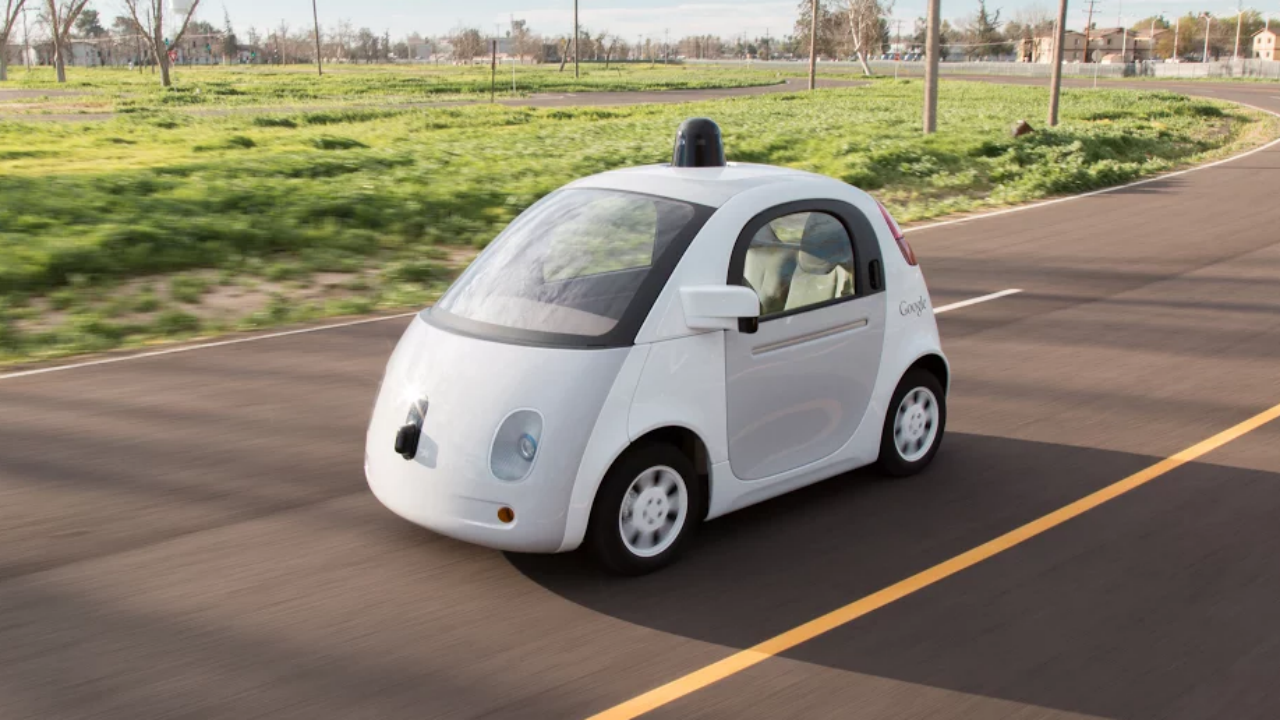
Google’s self-driving cars have driven over a million miles in autonomous mode. But when Google brought its testing program to Austin, Texas, one of the vehicles met its match: a cyclist doing a track stand – when a rider shifts very slightly forward and back to maintain balance while keeping feet on the pedals.
Whereas our brains can predict relatively easily how a car, pedestrian or cyclist might act, computers have to be programmed to recognize different patterns of behavior on the road.
According to a report in The Washington Post, one cyclist in Austin rode up to a stop sign at a four-way intersection and started track standing as he waited for the Google car to carry on. In his account posted on an online forum, he explains that the car apparently detected his presence and stayed stationary, struggling to work out whether the rider was moving forward or not:
it finally began to proceed, but as it did, I rolled forward an inch while still standing. the car immediately stopped…
I continued to stand, it continued to stay stopped. then as it began to move again, I had to rock the bike to maintain balance. it stopped abruptly.
we repeated this little dance for about 2 full minutes and the car never made it past the middle of the intersection. the two guys inside were laughing and punching stuff into a laptop, I guess trying to modify some code to ‘teach’ the car something about how to deal with the situation.
The cyclist balancing on his pedals, while moving a tiny bit to keep upright, confused a computer’s understanding of how cycles behave. And while Google is continuing to refine its software, for now it seems they have some way to go before self-driving cars are ready to hit the road.
More Must-Reads from TIME
- Cybersecurity Experts Are Sounding the Alarm on DOGE
- Meet the 2025 Women of the Year
- The Harsh Truth About Disability Inclusion
- Why Do More Young Adults Have Cancer?
- Colman Domingo Leads With Radical Love
- How to Get Better at Doing Things Alone
- Michelle Zauner Stares Down the Darkness
Write to Naina Bajekal at naina.bajekal@time.com